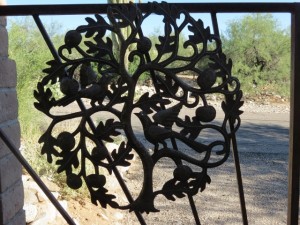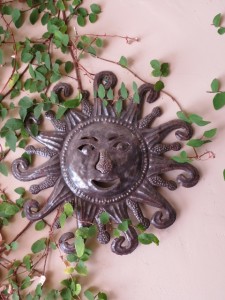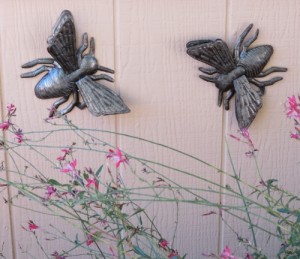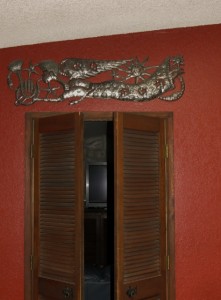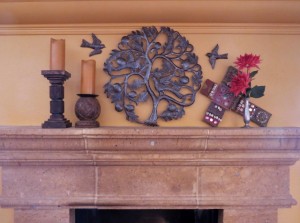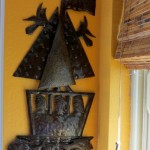September 13, 2013
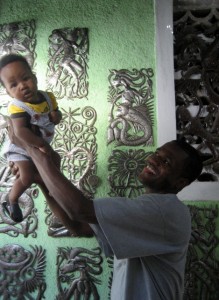
Beyond Borders – fighting poverty with art. Fair trade keeps families healthy, safe, and together.
When I was little, I loved the story of Cinderella. In fact, I had it read to me so often that there came a time when I could recite it, word for word, knowing exactly when the page turn came and frustrating every attempt to shorten the story before bedtime. (I’m not kidding, you can ask my mom.) I knew exactly how that story went and no one was going to change ANYTHING about it.
What I didn’t know was that it really was a story of human rights violation. Poor Cinderella was bound in perpetual servitude to her wicked stepmother and two ugly stepsisters. She worked from morning ‘til night with no monetary compensation, she wore rags for clothing, her meals were crumbs and leftovers, and she slept by the hearth for warmth. By any other name, she was a slave. Thank heaven for that ball!
Jean Robert Cadet didn’t have it quite so lucky. No fairy godmother, no fabulous ball at the palace, and no glass slipper that fit only him. His mother died before he turned four and he was given as a “domestic gift” to his father’s mistress. From then on, he labored; assigned the most menial, distasteful of tasks and given crumbs for food. Rest was found at the end of each arduous day under the kitchen table. The physical and mental abuses he endured were unspeakable. Eventually, at the age of 16, he and the woman to whom he was “given” moved to the States. Shortly thereafter, she threw him out.
As are an estimated 300,000 child slaves in Haiti today, Jean Robert was a victim of the restavek system. Restavek is

The Jean Robert Cadet Restavek Organization is working hard to keep families intact and enable little sisters to walk hand-in-hand with their big brothers home from school.
a seemingly innocuous Kreyol term meaning literally, “to stay with” but in reality representing a harsh childhood of servitude and it is, unfortunately, woven into the fabric of Haitian poverty. Children born into families who have no way to care for them are not uncommonly “given” or even sold to families of greater means. The handshake agreement is that the child will be fed, clothed, and schooled in return for “some” extra help around the house. In function, it rarely turns out that way; the children are exploited, often grossly, by the receiving family.
The “magic” occurred for Jean Robert when a social worker found him sleeping in a laundry mat. She got him enrolled in school, from which he graduated in 1972. He enlisted in the Marine Corps, and following his discharge, attended college and became a high school French teacher. Today, he is the head of the Jean Robert Cadet Restavek Organization, working tirelessly as an abolitionist, not only advocating for cultural change, but also assisting restavek children by giving them clothing, decent food, clean water, and providing for their education. Collaborating with universities in the US, he has developed a kindergarten curriculum that is in place in Haitian schools which teaches children – all children – of their worth as human beings. The material for the students is presented in discussion, stories, and music to convey its vital message. (To read more about Jean Robert Cadet and his work, click here: http://www.usatoday.com/story/news/world/2013/09/08/haiti-anti-slavery-foundation/2782649/ )
For today’s restavek children of Haiti, their “fairy godmother” comes as a middle-aged male, wearing a baseball cap and blue jeans. He fully understands the gravity of their plight, and though he has no wand to wave, his dedicated efforts as their tireless advocate could well be their salvation.

